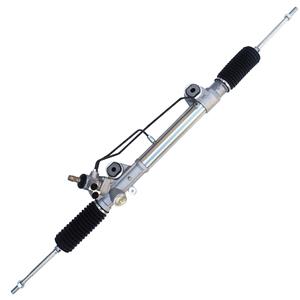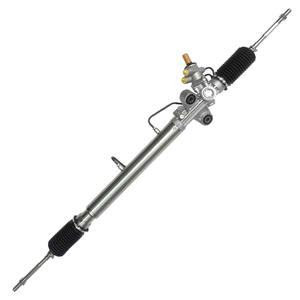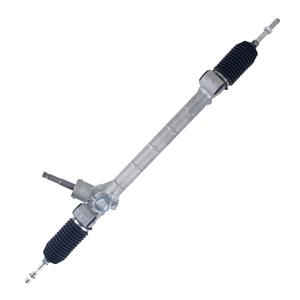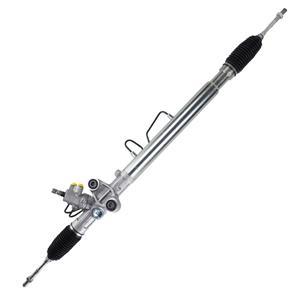What was the first American car to use a rack and pinion steering system?
In the history of the development of the automobile industry, the evolution of the steering system is an important technological advancement. The improvement of the steering system not only improves the safety and comfort of driving, but also has a profound impact on the handling performance of the vehicle. Among the many steering systems, the rack and pinion steering system is widely adopted because of its simple structure and quick response. However, in the United States in the mid-20th century, rack and pinion steering systems were not common, and most cars still used traditional recirculating ball steering systems.
This article will explore the first American car with a rack and pinion steering system and analyze the background and significance of the introduction of this system into the American automobile market.
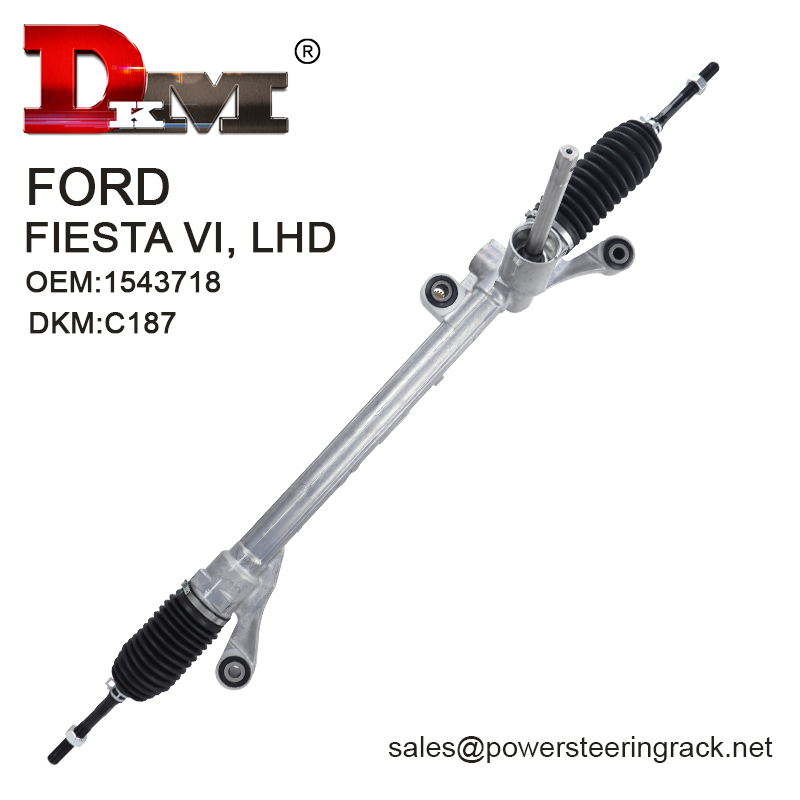
What is the basic principle of the rack and pinion steering system?
The rack and pinion steering system is a mechanical device that converts the rotational motion of the steering wheel into the steering action of the wheels. The core components of this system include a pinion and a rack. The pinion is connected to the steering wheel, and when the driver turns the steering wheel, the pinion rotates and drives the rack to move in the lateral direction. This linear motion is transmitted to the wheels through the steering linkage, thereby achieving the steering of the vehicle.
Compared with the traditional recirculating ball steering system, the rack and pinion steering system has a more compact structure and less friction loss, so it can provide a more direct steering feel. Due to its high precision and quick response, the system is particularly popular in small and medium-sized vehicles and has gradually become one of the mainstream steering systems in modern cars.
Background of the development of the American automobile industry
In the first half of the 20th century, the American automobile industry flourished and became a leader in global automobile manufacturing. However, during that period, American-made cars generally used recirculating ball steering systems. This system is known for its durability and suitability for heavy vehicles, but its steering accuracy and response speed are relatively low, especially when driving at high speeds or making sharp turns, the driver's control experience is relatively vague.
Over time, European automakers, especially those in Germany and Italy, began to introduce rack and pinion steering systems on small and sports cars. This system quickly became popular in the European market due to its better handling and driving feedback. American automakers also realized the advantages of rack and pinion steering systems and began to explore the possibility of introducing this system to the American market.
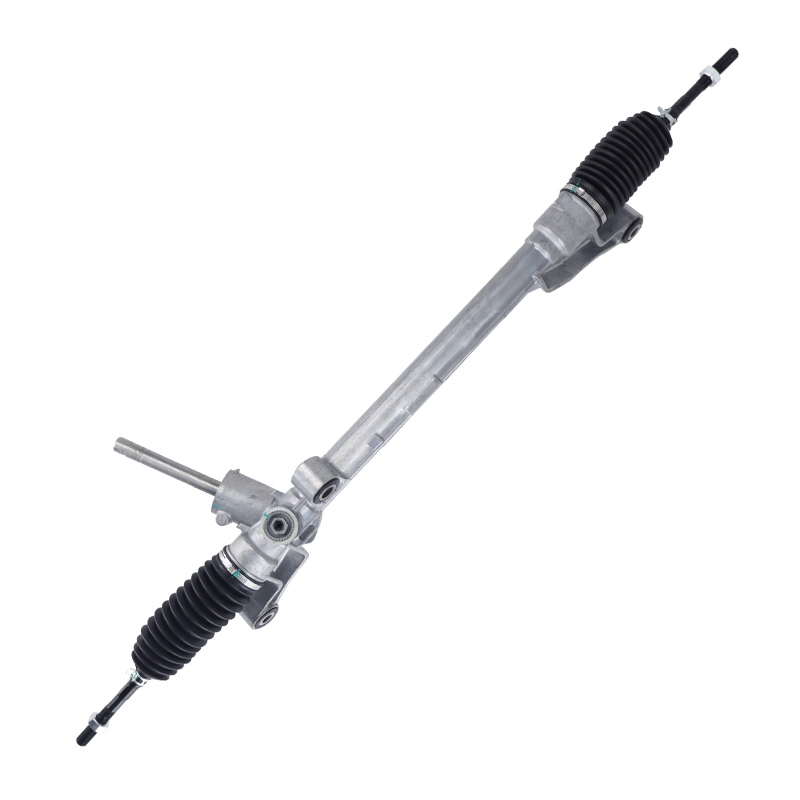
What was the first American car with rack and pinion steering system?
While European automakers were the first to introduce rack-and-pinion steering, the U.S. auto industry did not immediately follow suit. The U.S. market tends to be conservative in its acceptance of new technologies, especially in the mid-20th century, when automakers and consumers preferred to stick with existing, widely accepted technologies. However, this began to change in the late 1950s and early 1960s.
In 1965, Ford introduced the Ford Mustang, which became the first mass-produced American model to widely adopt rack-and-pinion steering. The launch of the Ford Mustang marked an important step for American automakers in steering technology and also represented the increasing demand for better handling in the U.S. market.
The success of the Ford Mustang lies not only in its iconic appearance and strong power performance, but also in its excellent performance in driving handling. The adoption of the rack-and-pinion steering system allows the Mustang to provide more precise steering feedback during driving, and the driver can feel the dynamic response of the vehicle more intuitively, especially when driving at high speeds and turning in sharp corners.
What are the advantages of rack-and-pinion steering?
Ford Mustang chose to use a rack and pinion steering system mainly because the system is superior to the traditional recirculating ball steering system in many aspects.
Precise steering control
The design of the rack and pinion steering system allows the driver to directly feel the rotation of the wheel when turning the steering wheel. This direct mechanical connection reduces the virtual position common in traditional steering systems and improves the steering accuracy.
Better driving feedback
Because the mechanical connection of the rack and pinion steering system is more compact, the driver can perceive the road conditions more clearly. For example, when driving over uneven roads or sharp bends, the vibration and resistance transmitted back by the road surface can be transmitted to the driver more directly through the steering wheel, which not only improves driving pleasure but also increases driving safety.
Reduced friction loss
Compared with the complex internal structure of the recirculating ball steering system, the friction loss of the rack and pinion steering system is lower, thereby improving steering efficiency. This means that the driver can complete the steering operation with less effort, reducing the fatigue of long-term driving.
Lightweight design
The structure of the rack and pinion steering system is relatively simple, so it is light in weight. This is a great advantage for models that focus on sports performance. Lightweight design not only improves vehicle acceleration, but also fuel economy.
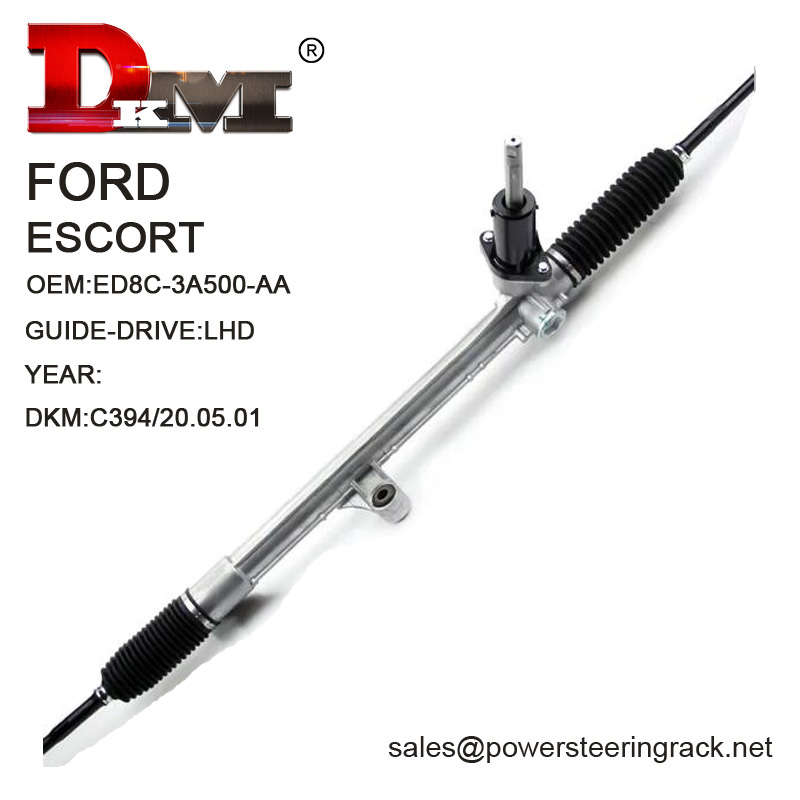
What is the impact of rack-and-pinion steering in the U.S. market?
The decision to adopt rack-and-pinion steering in the Ford Mustang not only influenced the success of the model, but also promoted the development of the U.S. automotive industry more broadly. As the Ford Mustang became popular, other U.S. automakers began to realize the potential of this system to improve vehicle handling and driving experience.
By the 1970s, more and more American cars began to adopt rack-and-pinion steering systems, especially in the compact and mid-size car markets. Unlike the European market, the U.S. market still has strong demand for large displacement and high power, but the introduction of rack-and-pinion steering systems has enabled these vehicles to provide strong power while significantly improving handling performance.
In addition, the popularity of rack-and-pinion steering systems has also promoted the advancement of related technologies. For example, as steering systems continue to develop, power steering systems (such as hydraulic power steering and electric power steering) are gradually combined with rack-and-pinion steering systems to provide drivers with a lighter and more labor-saving steering experience.
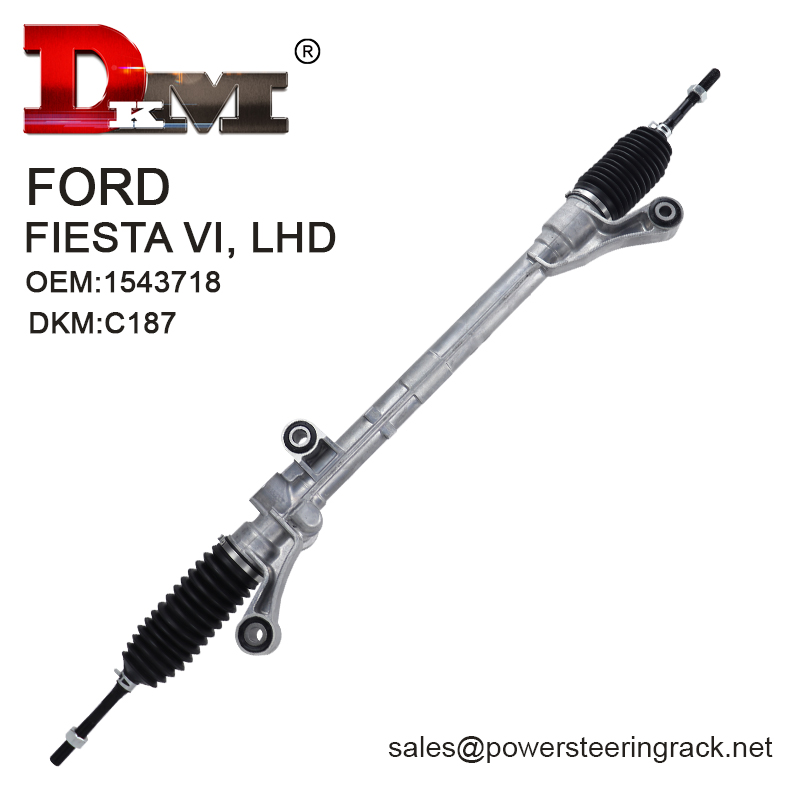
DKM, a leading manufacturer of power steering systems in China, combines over 25 years of experience with advanced technology to deliver exceptional products for the global automotive market. Our gear rack steering systems are designed to meet the needs of a variety of vehicles, including those from brands like Volkswagen, Hyundai, Toyota, and Isuzu. With a 20,000-square-meter factory and a production capacity of 300,000 units annually, we provide high-quality products at competitive prices. We serve markets worldwide, including the USA, Europe, Southeast Asia, and the Middle East, offering wholesale deals, promotional discounts, and tailored solutions for large-scale buyers. Contact DKM today to explore our range of affordable, durable steering systems and request a customized quote.

